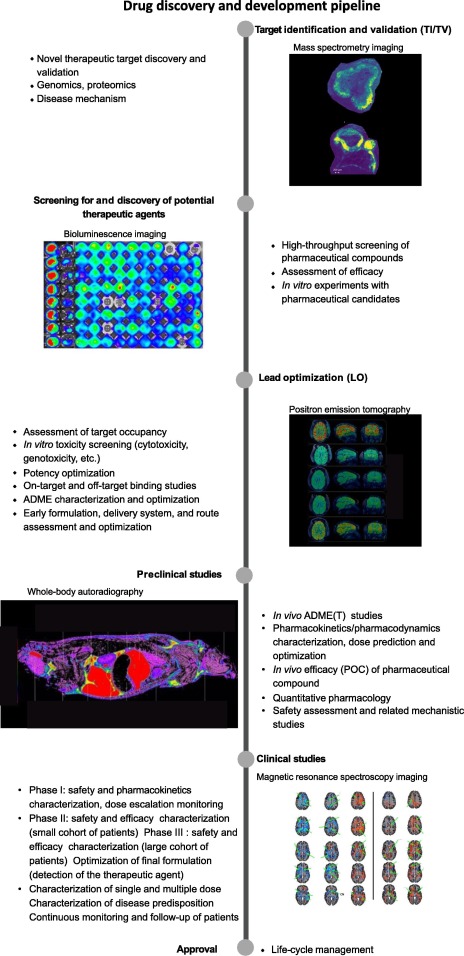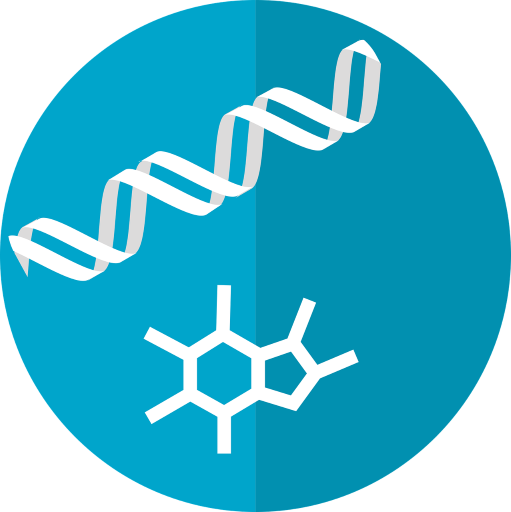Dr Md Anawar Hossain
Drug discovery and development process
The drug discovery and development processes can be both time-consuming and costly. It generally takes 12 years from the discovery of a new molecular entity to regulatory approval before a drug enters the market (Vermeulen et al., 2022). Despite the high investment, sometimes some drug candidates do not reach the market. Therefore, the acceleration of drug development process is very important for the pharmaceutical industry.
What is multimodal imaging technique and its uses?
It is not only an individual imaging technique. It is the combination and integration of several imaging techniques which can provide large amounts of anatomical, functional, and molecular information in order to enhance drug discovery and development processes. The combination of these techniques helps to elucidate the mechanism of disease, discover new pharmacological targets, and assess new potential drug candidates and treatment response.
Multimodal imaging technique can help in various phases of the drug discovery and development (Fig 1). Multimodal imaging can provide additional spatial or molecular information. It helps informed decision-making and accelerate the drug discovery and development. Many compounds may have the undesirable properties in terms of their potency, pharmacokinetics or safety and these compounds can be eliminated earlier, which will reduce costs significantly in later phases. Therefore, Vermeulen et al. (2022) reviewed the recent innovations, strengths, and the potential of imaging techniques and their multimodal application in preclinical research. They also reviewed how pharmaceutical research and development processes can be accelerated with artificial intelligence (AI) and radiomics applied to imaging data. Several significant benefits of multimodal imaging technique are discussed below:
1. Molecular imaging uses both targeted and untargeted approaches to image molecules at the cellular and subcellular level. Targeted approaches make an image of a specific drug molecule (e.g., distribution or metabolism) or a specific target (e.g., target occupancy).
2. This Imaging techniques can produce maps of known or unknown exogenous and/or endogenous compounds in the region of interest.
3. Different imaging modalities can be applied in pharmaceutical research to provide information about tissue pharmacokinetics, drug pharmacodynamics, and response of endogenous molecules (metabolites, lipids, and proteins) to the disease and the treatment.

References
Vermeulen I., Isin E.M., Barton P., Cillero-Pastor B., Heeren R.M.A., 2022. Multimodal molecular imaging in drug discovery and development. Drug Discovery Today, Vol. 27, Issue 8, Pages 2086-2099.


